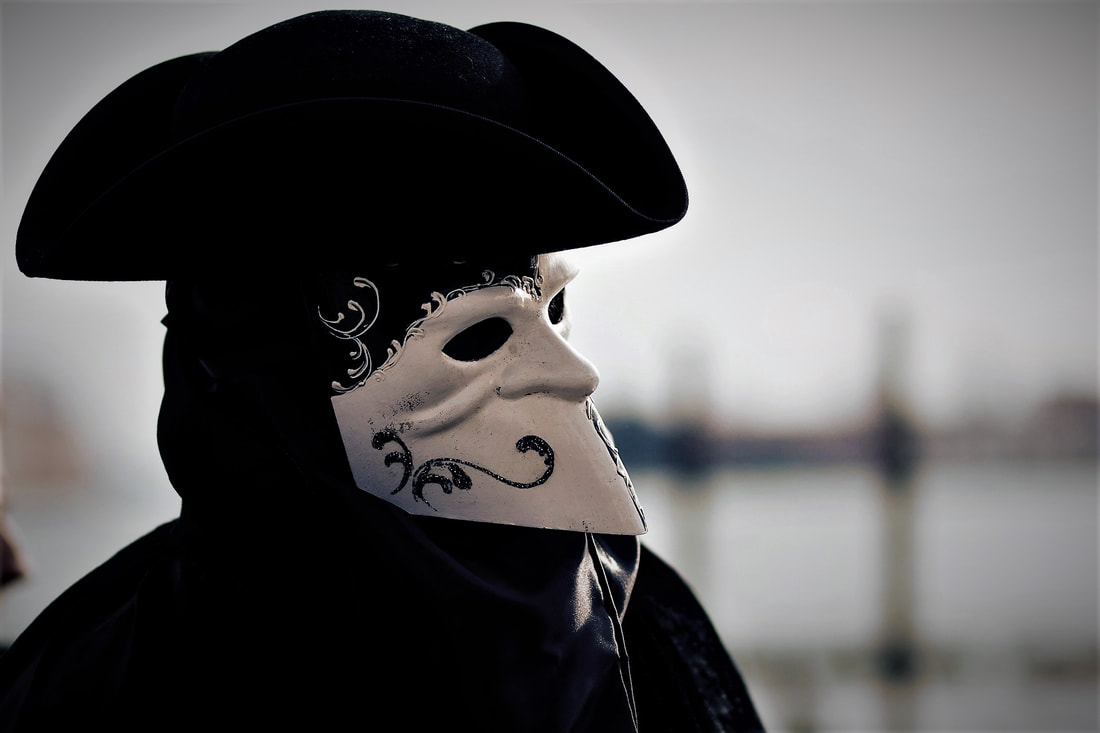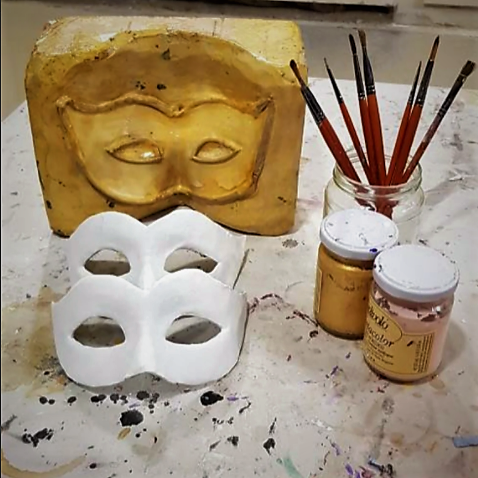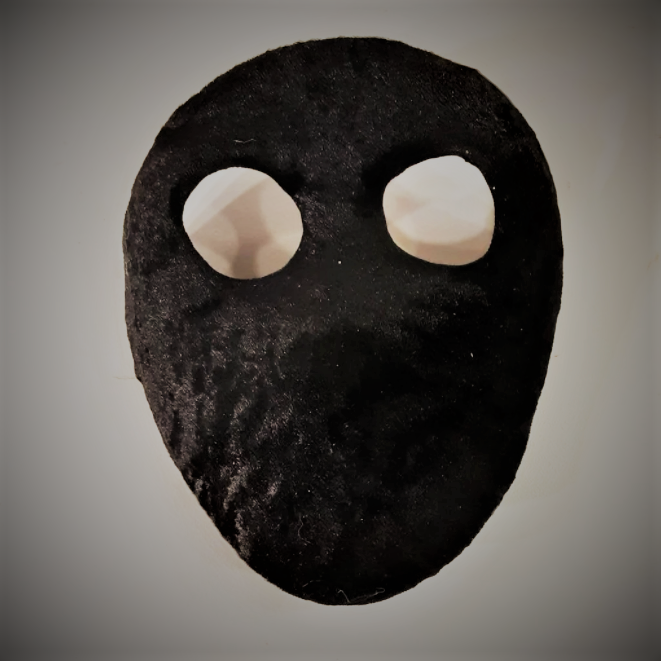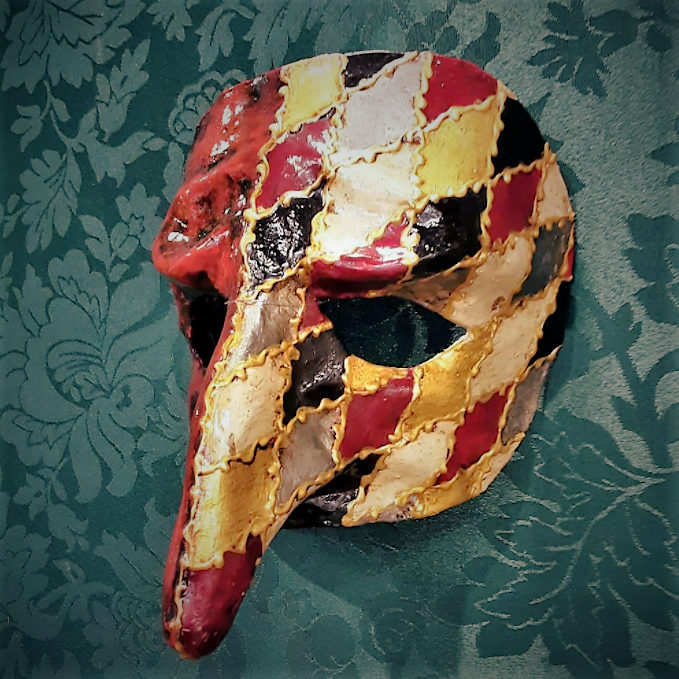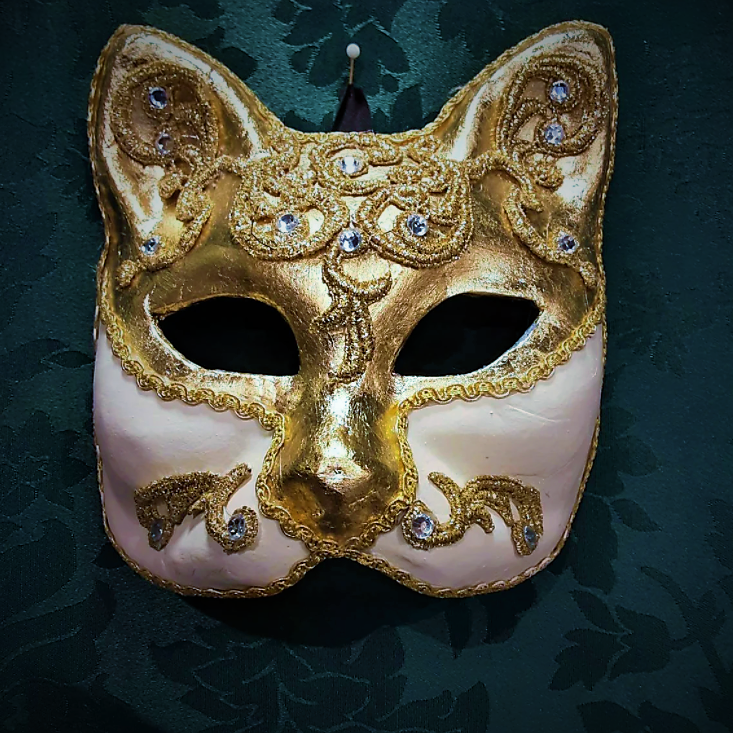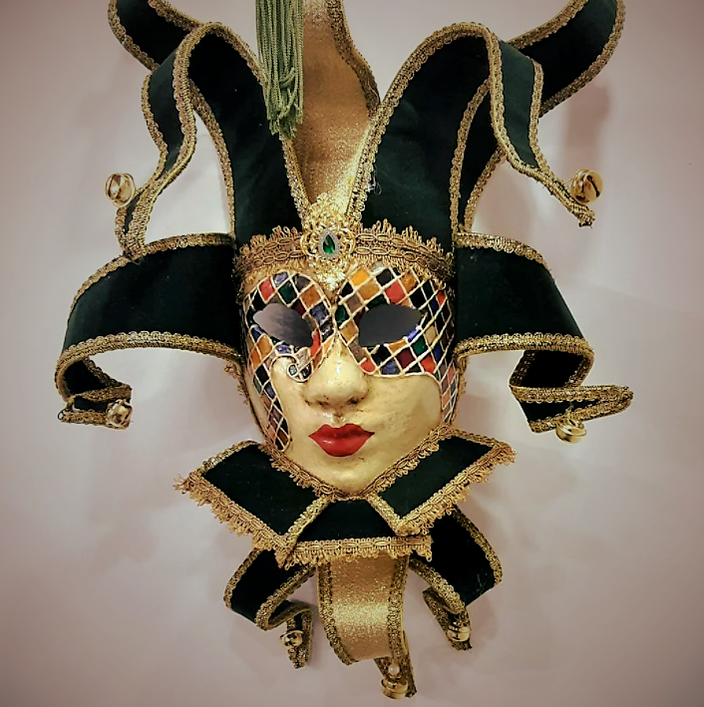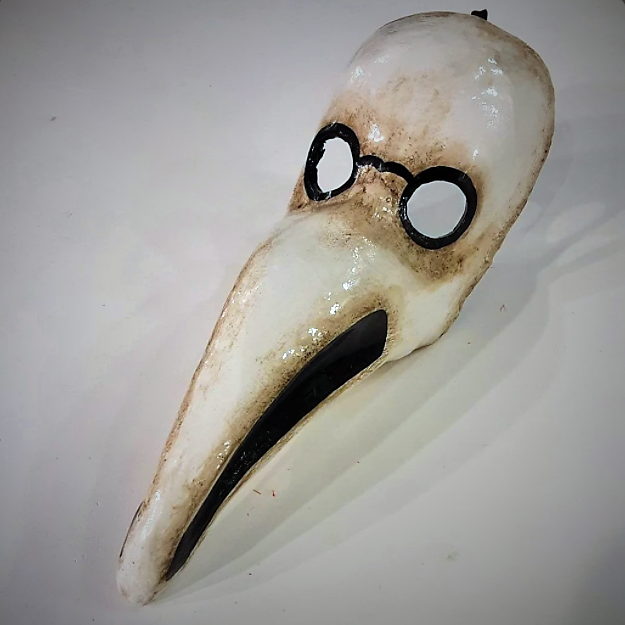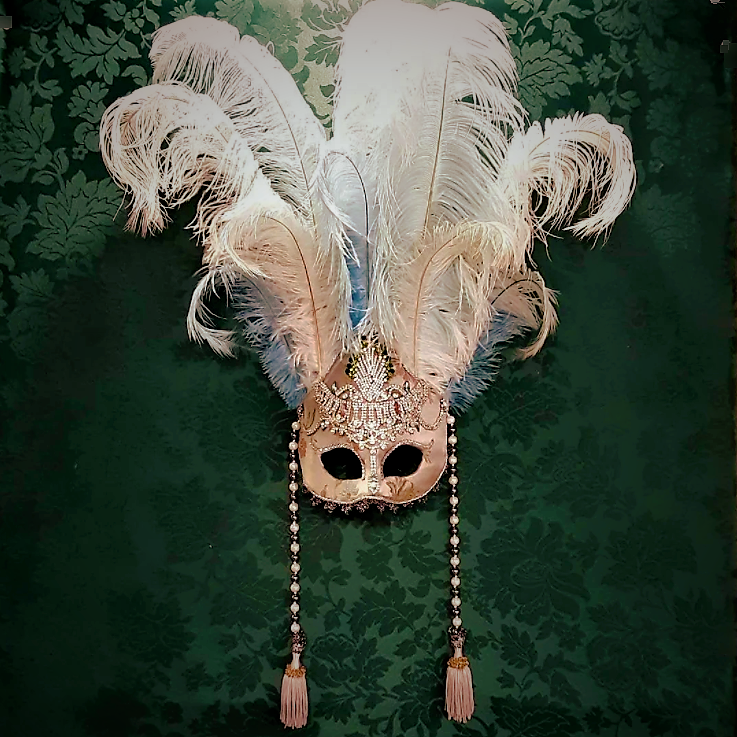What you need to know about Venetian Carnival Masks: history, meaning and tips
|
|
Romantic hotels Carnival in Venice |
|
What is the origin of Venetian carnival masks?
|
The tradition of wearing masks seems to stem from the 13th century. During the ages the Venetians disguised themselves with mask whenever they thought necessary. It allowed them to escape from the rigid rules of the class hierarchy. All classes could mingle, men could be women, women could be men. It also led to unwanted behaviour, from throwing eggs filled with ink to all imaginable kinds of vulgarities. Masks made people unrecognisable, so they could not be prosecuted.
Near the end of the Republic, the right to wear masks in daily life was severely restricted. By the 18th century, it was limited to three months starting at December 26 and ending on the last day of Carnival, Shrove Tuesday. Masks were also used in ceremonies, eg. when ambassadors arrived and at the five ritual grand banquets offered each year to Venetian dignitaries by the doge. This resembles the Masquerade Balls during Carnival nowadays. Venetian noblemen and noblewomen wore a costume called a bautta consisting of a white mask (volto), a tricorn hat (tricorno), a hood worn under the hat (zendale) and a tabarro, a loose-fitting cloak. There were subtle differences between noble and non-noble (cittadini or popolani), and the popolani were known to wear more colorful, fun masks to festivities like the bull runs. |
What is a good mask for a Masquerade Ball?A mask should allow you to move around freely, eat, drink en dance. That means that you will have to look for a papier-mâché mask. When warmed on the skin these masks adjust themselves to your face, which makes them comfortable to wear.
There are many mask makers in Venice and shopping for a mask is fun to do. That also gives you the opportunity to test whether you can walk, eat, drink and talk without difficulties. You can usually buy a mask at the atelier where you rent your costume. You can also order masks online, but make sure you do not buy a plastic mask. You will not wear it for long. For hygienic reasons masks cannot be rented. Some authentic Venetian mask makers have a shop on Etsy. |
|
The application of gold leaf on a Venetian Mask
|
How are Venetian Masks made?The real Venetian masks are made of papier-mâché with the application of gesso and often gold leaf. They are hand-painted using natural feathers and gems for decoration. That explains the big price difference with factory made masks from eg. China.
Traditionally mask makers (mascherari) were in high esteem and had their own guild. They were helped by painters who drew faces onto plaster in a range of different shapes. Venetian masks could be made of leather, porcelain or using the original glass technique. Masks used to be rather simple in design, decoration, and often had a symbolic and practical function. Making masks was and still is an art. |
What are the main types of Venetian Masks?
The main types of Venetian masks besides the bautta are the moretta, gnaga, medico della pesta, pantalone, arlecchino and colombina.
